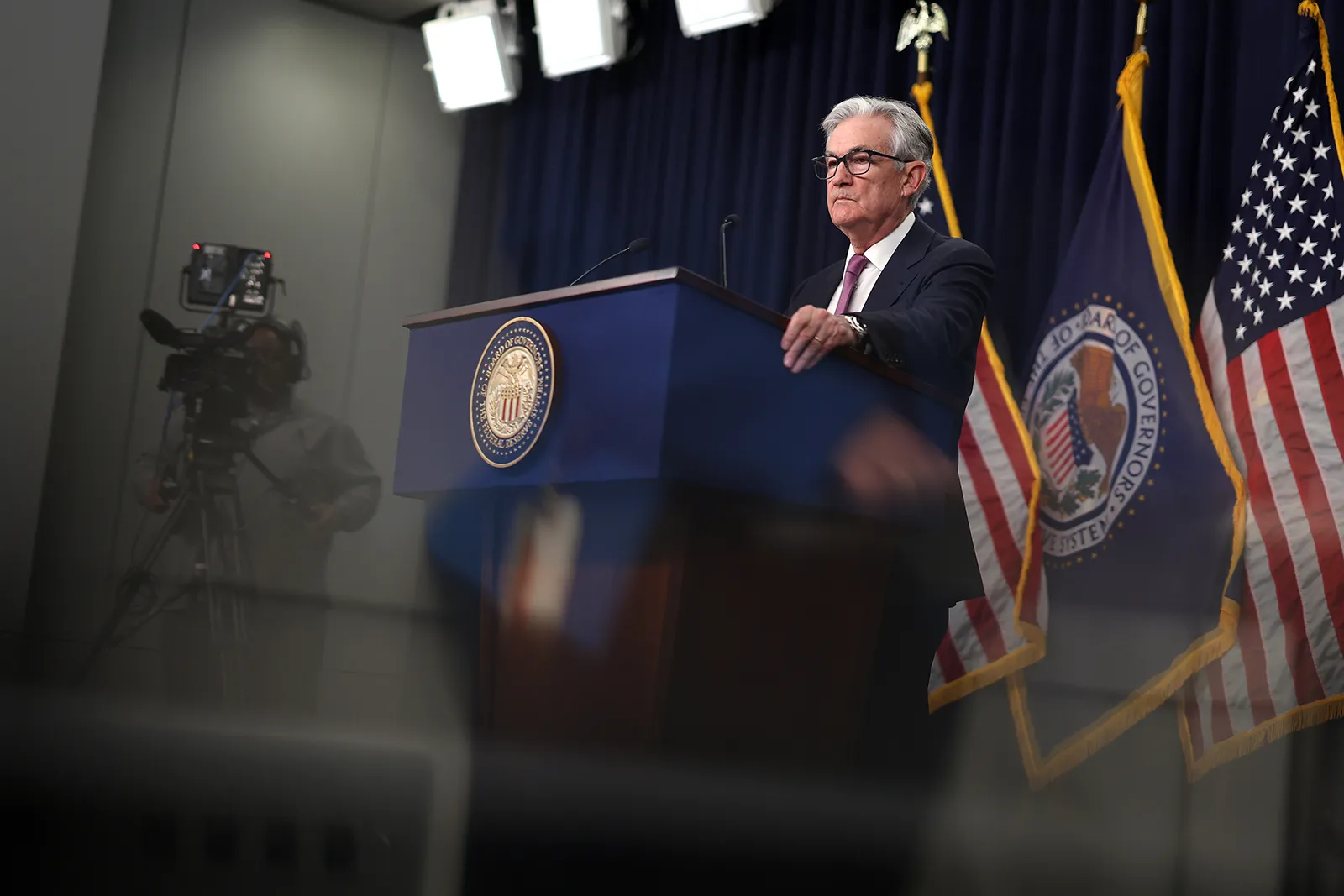It Is Likely That Interest Rates Will Rise More Than Expected, According To Fed Chair Powell
Jerome Powell, chairman of the Federal Reserve Board, warned on Tuesday that rates might rise sooner than expected.
In a series of remarks made earlier this year, the head of the central bank warned of tighter monetary policy in the future after citing data showing that inflation had reversed the deceleration it showed in late 2022.
"Based on the latest economic data, it appears that the ultimate level of interest rates will likely be higher than expected, which would support the conclusion that the final level of interest rates may well be higher than which was previously expected," Powell said in remarks prepared for two appearances on Capitol Hill this week. "If it appears that the totality of the data suggests that faster tightening is warranted, we would be prepared to increase the pace at which we raise interest rates if the data supports it."
There are two implications to those remarks: First, the Fed officials have indicated that the peak level of the federal funds rate is probably going to be higher than they indicated previously, and secondly, it is possible that the switch last month to a smaller quarter-percentage-point rate increase could be short-lived if inflation data continue to be hot.
Officials estimated the terminal rate at 5.1% in December. Based on the data provided by CME Group, the current market pricing is a little higher than that, at about 5.25%-5.5%. However, Powell did not elaborate on how high he expects rates to end up going in the future.
Markets are generally optimistic that the central bank will be able to tame inflation without causing the economy to go into a tailspin.
The January data showed however that inflation was still running at a 5.4% pace annually, as measured by personal consumption expenditure prices. Personal consumption expenditure prices are the preferred metric for policymakers when they are analyzing inflation. Those figures are well above the Federal Reserve's long-run target of 2% and are slightly above the December level of 2%. As Powell noted, the current trend shows that the Fed is still fighting inflation and has a long way to go.
"Our tightening has been very effective so far, but we haven't felt the full impact yet.". “It is still a work in progress,” he said
There have been eight rate hikes by the Federal Reserve over the course of the past year, resulting in its current targeted level of 4.5%-4.75%. There is no doubt that the funds' rate is one of the key factors in determining what banks charge each other for overnight lending. It is also a component of a wide range of other consumer debt products such as mortgages, auto loans, and credit cards that also feed into the system.
Several officials have indicated lately that they anticipate the rate hikes coming to an end soon, including Atlanta Fed President Raphael Bostic. Others, however, including Governor Christopher Waller, have expressed concern about the recent inflation data and say that tight monetary policy is likely to remain in place regardless of the data.
“For some time, we will likely have to maintain a restrictive monetary policy in order to restore price stability,” Powell said. "Historical precedent cautions against premature policy easing. As long as the job isn't done, we'll stay the course."
There has been some progress in areas such as housing inflation, according to Powell.
As for services spending, the important category that excludes housing, food, and energy, he noted "there is little sign of disinflation". This qualifier is important considering the chairman's remarks at a post-meeting news conference in early February that the disinflationary process had begun.
During the Federal Open Market Committee meeting later this month, markets generally expect the Fed to raise interest rates by a quarter-point, or 25 basis points. In CME Group data, traders have begun to price in the possibility of an increase of a half-point above the current half-point, indicating an estimated 30% probability.
Rate decisions will be made "meeting by meeting" and will be determined by data and their impact on inflation and economic activity, rather than a set plan.

Subscribe to our newsletter!
As a leading independent research provider, TradeAlgo keeps you connected from anywhere.








